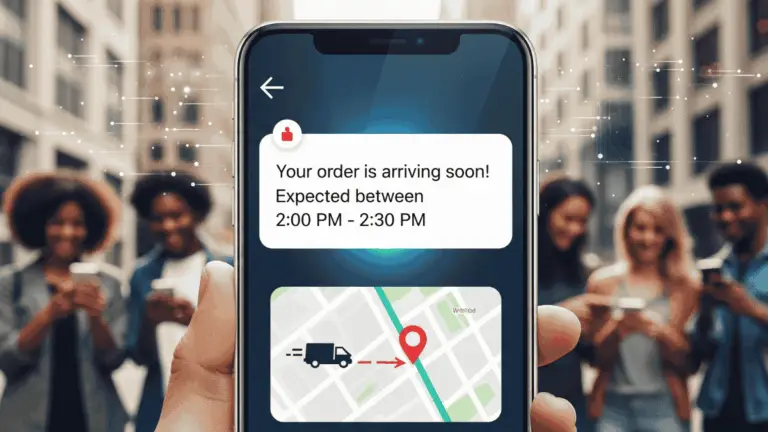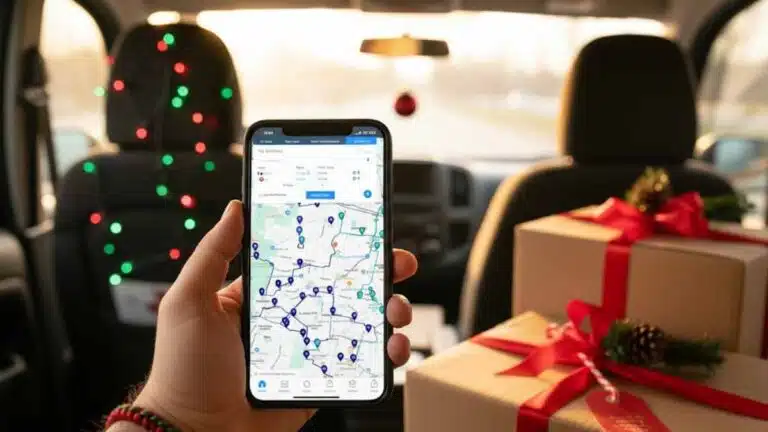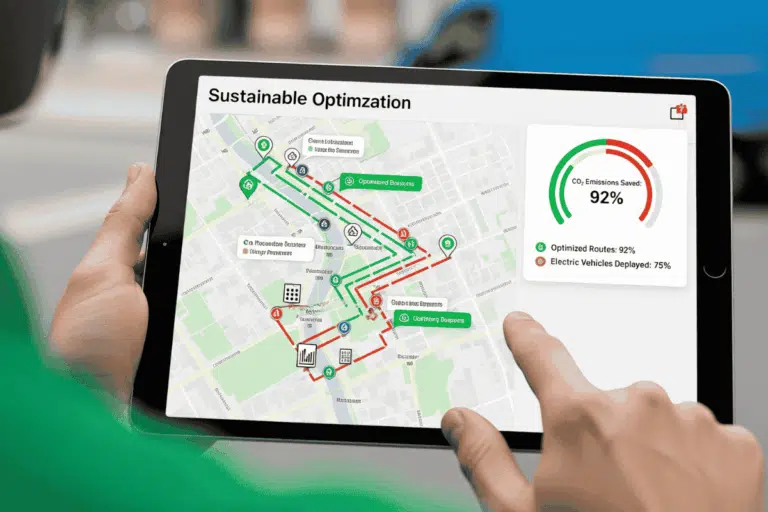Failed deliveries are impossible to avoid, but they also steal customers. Deliveries can fail for several reasons, some within our control and others not so much.
Delivery scheduling is the key to fewer failed deliveries. You also need to set clear margins to keep customers happy.
Implement at least three of these six smart ideas if you want to see changes in the first week.
1. Design windows by density
Plan the route with route optimization software first, then set the time windows. Where there is density, you can create smaller delivery windows of around 2 hours. You want to cluster a bunch of orders as close as possible within a reasonably small delivery window.
If the orders are spread out, use longer windows of up to four hours. This will create enough time for accuracy without over-promising.
2. ETAs that shrink as the van moves
To improve your delivery success rate, don’t just give a static arrival time (ETA) but create one that’s live. As the van moves, the ETA tightens in the last 60-90 minutes.
Containers for Change in Perth is an example of how the rubbish vans’ live tracking link is sent around to let customers know when it will arrive at their destination.
You can also show a live map, which customers can access with a one-tap rescheduling inside the same link.
WATCH: Route Optimization Helps Improve Failed Deliveries
3. Customer-led delivery scheduling
You want your customers to feel in control of the delivery process. Let them choose a window at checkout. But you still decide which time windows your fleet can fulfill. Hide those that are impossible to commit to.
To ensure density, you want to attract customers by choosing a specific delivery window, but watch out for capacity limits. You can auto-throttle availability when a window hits 80–90% capacity.
Remember to allow customers to choose the next best option; you don’t want to lose a customer.
4. Put more wins after hours and weekend micro-windows
The twilight window is when customers are at home after work. That’s around after 17:00 and before 22:00. Set up delivery options for this period, but make sure density supports it.
Another option is to create smaller micro-windows between 18:00 and 20:00. This can only be done in zones with a good track record of on-time deliveries.
Test this by piloting one week of twilight delivery and see what happens.
5. Big and bulky items need different delivery scheduling rules
Big and bulky orders require different delivery windows. Longer service times are needed, and logistics like stairs, parking, and door width must be considered.
Make provision for white-glove delivery windows at a premium price and see what happens.
Preparing the customer for big and bulky deliveries is necessary to ensure the delivery doesn’t fail.

6. Steer delivery demand into windows with reasonable pricing
Make your densest windows the cheapest. This will help to cut failed deliveries. You can even charge premiums for peak micro-windows and last-minute bookings.
However, don’t discount same-day deliveries so hard that you eat your profit slots.
About the author
Mia is a multi-award-winning journalist. She has more than 14 years of experience in mainstream media. She's covered many historic moments that happened in Africa and internationally. She has a strong focus on human interest stories, to bring her readers and viewers closer to the topics at hand.










